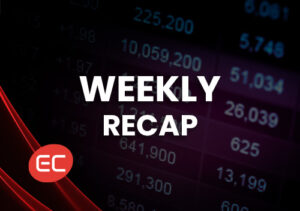As the U.S. rolls out a sweeping wave of new tariffs under President Trump’s “reciprocal trade” agenda, the Federal Reserve has issued a stark warning: such policies could reignite inflation and place new strain on an already fragile economic recovery.
Although the Fed does not directly shape trade policy, it closely monitors the economic impact of tariffs. According to internal discussions, officials now fear that the return of broad-based tariffs—particularly on consumer goods—could drive prices sharply higher, with some categories potentially rising by 10% to 30%.
This price shock would come at a delicate moment. Inflation remains above the Fed’s 2% target, and any new upward pressure may delay or derail the central bank’s anticipated rate cuts. Investors who had bet on rate relief by mid-year could be in for a disappointment, and risk assets may see renewed pressure.
In addition to inflation concerns, Fed economists warn that higher input costs could eat into corporate margins, dampening business investment and hiring. Industries dependent on global supply chains, such as manufacturing and technology, are particularly vulnerable. A prolonged trade dispute could thus push unemployment rates higher in the months ahead.
Globally, the market reaction has been mixed. While the dollar has strengthened modestly on safe-haven flows, a prolonged trade war may eventually reverse this trend as foreign investors pull back from U.S. bonds and equities.
In its latest minutes, the Fed stated: “Tariffs are not an isolated risk. They interact with consumer sentiment, corporate expectations, and global capital flows. Left unchecked, they may cause systemic economic disruption.”
While the Fed has yet to change its benchmark interest rate, any signs of accelerating inflation linked to tariffs could prompt more hawkish language in the coming meetings. Traders and businesses alike should brace for the possibility of higher-for-longer interest rates, and a more volatile market environment.




